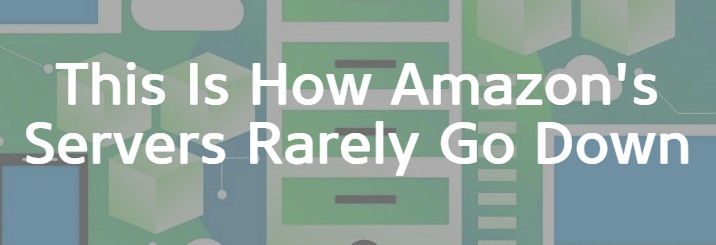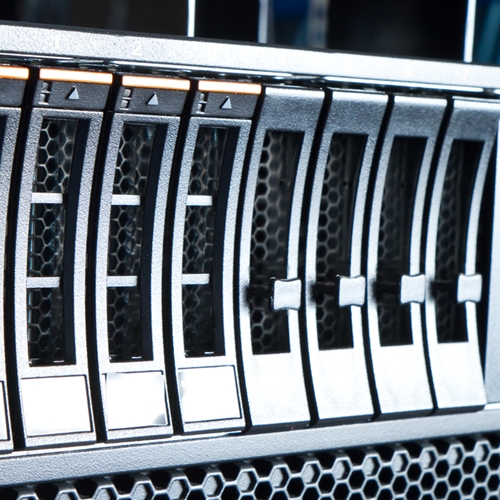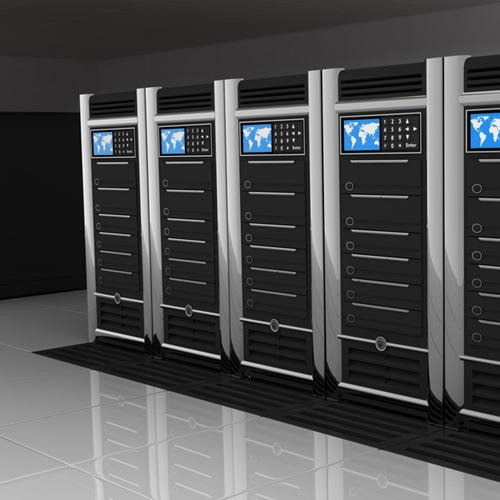This Is How Amazon’s Servers Rarely Go Down: Part 3 of 3
By Josh Symonds, March 7, 2017, AppDynamics. Final Thoughts By relying on auto scaling groups, AMIs, and a sensible provisioning system, you can create a system that is completely repeatable and consistent. Any server could go down and be replaced, or 10 more servers could enter your load balancer, and the process would be seamless, … Read more










